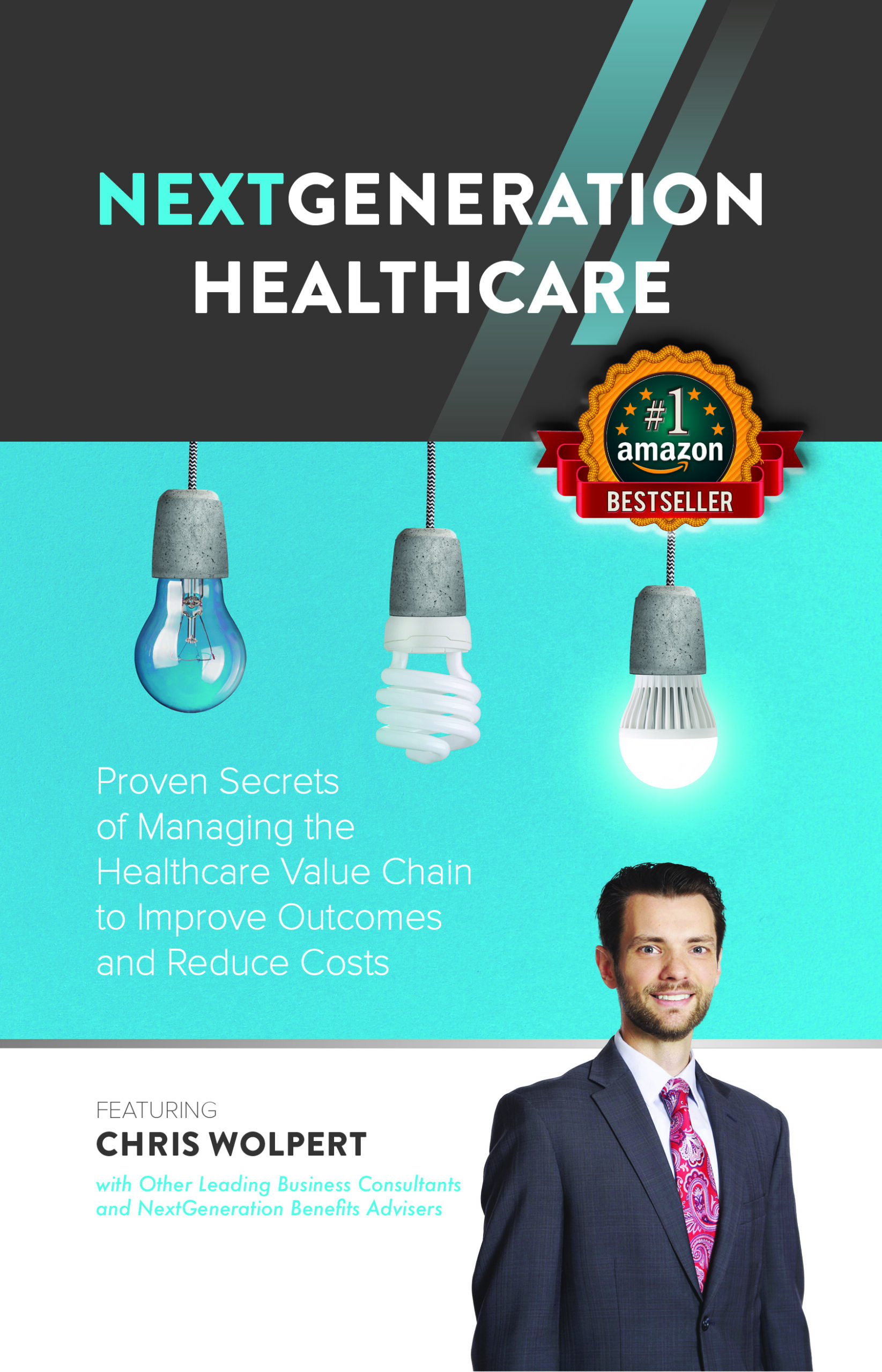With health insurance costs continuing to climb, many employers are finding that standard medical coverage alone doesn’t offer enough financial protection for their staff.
Rising deductibles, higher out-of-pocket maximums and the soaring cost of care are pushing workers to look for other ways to fill the gaps. Employers can step in to meet that need with voluntary benefits.
Once considered optional add-ons, voluntary benefits such as accident, hospital indemnity, critical illness, group life, dental and vision insurance are increasingly becoming essential parts of a well-rounded benefits package. Wellness programs, employee assistance plans and financial counseling options are also now viewed as integral to overall well-being.
A shift in expectations
Prudential’s “2025 Benefits and Beyond” study found that nearly a quarter of employees expect these voluntary benefits to be included as part of a modern workplace offering. But often, employers are not providing the benefits that employees say they need. The poll found that 86% of employers say their benefits are modern, but only 59% of employees agree.
This discrepancy has started to resonate with employers. As a result, 70% of employers plan to make changes to their benefits offerings within the next two years, with 22% expecting significant overhauls.
Employees say their biggest concerns are:
- Saving for retirement (45%),
- Covering everyday expenses (44%),
- Paying for housing (29%), and
- Simply making it from paycheck to paycheck (26%).
When a single medical event can upend financial stability, benefits that offer supplemental protection can provide an important financial backstop and save an employee from financial disaster.
Why voluntary benefits matter now
Voluntary benefits provide cost-effective coverage options that protect employees from the unexpected.
For example:
- Accident, critical illness and hospital indemnity policies help offset out-of-pocket costs that major medical insurance doesn’t cover, such as co-pays, deductibles, transportation, lodging and lost income during recovery.
- Dental and vision plans promote preventive care that can reduce larger medical costs over time.
- Wellness and mental health programs, another key element of today’s voluntary benefits landscape, help employees manage stress and anxiety that affect productivity and retention. (In Prudential’s research, 63% of employees said they have mental health concerns for themselves or a family member, yet only about the same share feels their benefits help them manage overall well-being.)
Benefits for both sides
Expanding voluntary benefit offerings and ensuring you have the benefits your employees really want support recruitment and retention while containing costs.
Because these plans are typically employee-paid through payroll deduction, they add value without significantly raising the employer’s benefit budget. Employers also gain a competitive advantage in a labor market where workers expect more comprehensive protection and well-being support.
Employees gain access to affordable coverage that helps them manage risk and avoid financial hardship. For many, paying a few extra dollars per paycheck for supplemental coverage can prevent a small setback from becoming a financial crisis.

